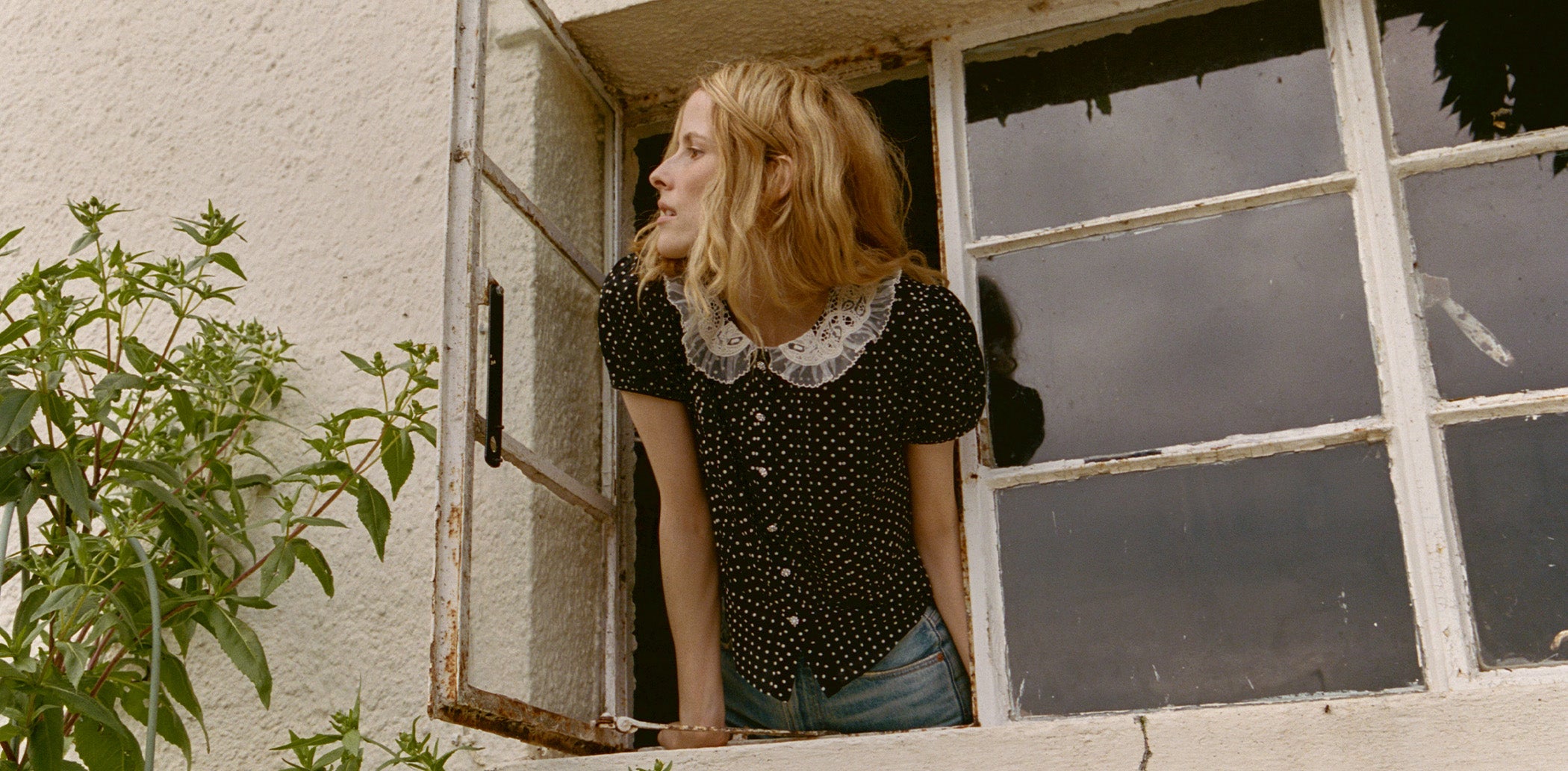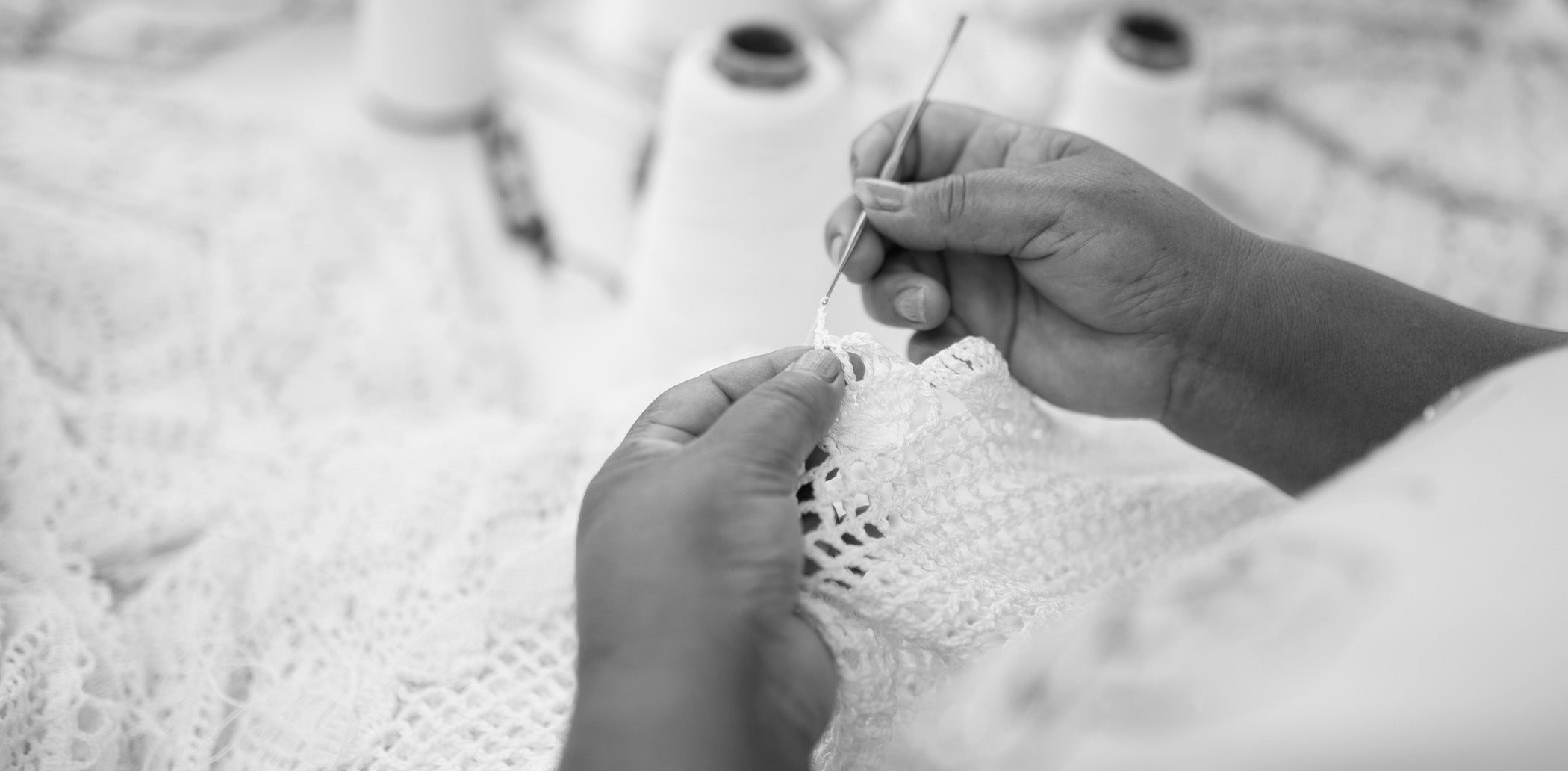JOURNAL
Kristine Kim on Defining Impact for Dôen
Kristine and her son Nico, photographed by Nicki Sebastian
Thus began the exploration into our definition of impact. Looking within the industry, our tools and resources were limited, especially for a company of our size. The elusive triple bottom line is unique to every company and determining ours would require significant introspection and courage. But the real issue I found was that so much of the “sustainable fashion” discourse was reduced to a binary. There is some low-hanging fruit for this work: choosing an organic option over a non-organic, using recycled over virgin, and opting for a certified quality over non-certified. These are somewhat “simple” substitutes, but also include more nuanced, interconnected trade-offs that are overlooked in favor of the easy-to-digest binary. For example, becoming a certified organic cotton farmer in a developing country requires considerable investment and time, both of which may not be available to a rural cotton farmer. Shifting business away from these groups will have devastating repercussions on their livelihoods. While the environmental argument in favor of organic cotton is strong, the human cost of these decisions is less discussed. The clear “right” answer is perhaps not all that clear.
Kristine wears the Isadora Cardigan and the Lady Jean
“The 2030 Roadmap represents our desire to do better in an imperfect industry… We are investigating our own business practices in the context of the greater fashion ecosystem; how our behavior ripples across the globe and onto the factory floor.”
Explore our 2030 Roadmap here.
Kristine wears the Bijou Dress and the Asher Mule, Nico wears the Little Rive Cardigan




